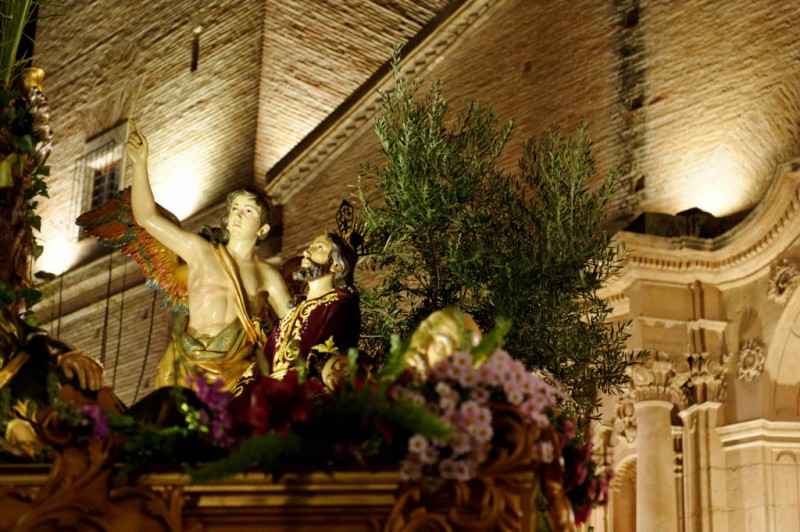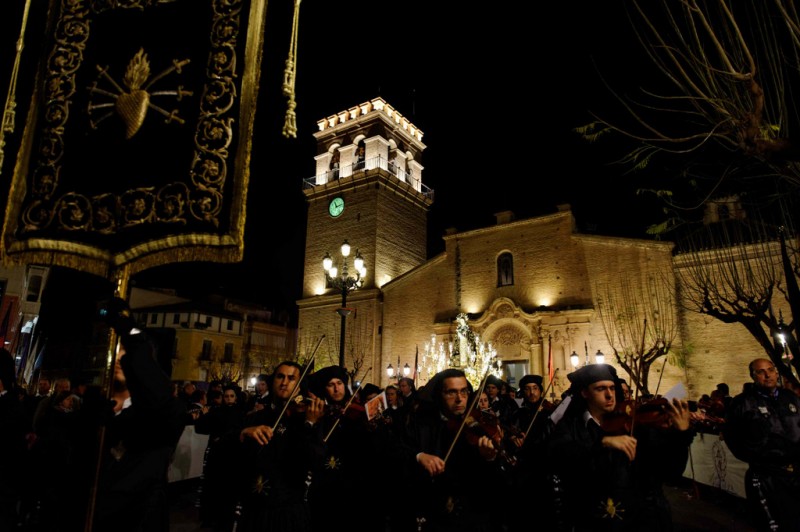- Region
- Águilas
- Alhama de Murcia
- Jumilla
- Lorca
- Los Alcázares
- Mazarrón
- San Javier
-
ALL AREAS & TOWNS
- AREAS
- SOUTH WEST
- MAR MENOR
- MURCIA CITY & CENTRAL
- NORTH & NORTH WEST
- TOWNS
- Abanilla
- Abarán
- Aguilas
- Alamillo
- Alcantarilla
- Aledo
- Alhama de Murcia
- Archena
- Balsicas
- Blanca
- Bolnuevo
- Bullas
- Cañadas del Romero
- Cabo de Palos
- Calasparra
- Camping Bolnuevo
- Campo De Ricote
- Camposol
- Canada De La Lena
- Caravaca de la Cruz
- Cartagena
- Cehegin
- Ceuti
- Cieza
- Condado de Alhama
- Corvera
- Costa Cálida
- Cuevas De Almanzora
- Cuevas de Reyllo
- El Carmoli
- El Mojon
- El Molino (Puerto Lumbreras)
- El Pareton / Cantareros
- El Raso
- El Valle Golf Resort
- Fortuna
- Fuente Alamo
- Hacienda del Alamo Golf Resort
- Hacienda Riquelme Golf Resort
- Isla Plana
- Islas Menores & Mar de Cristal
- Jumilla
- La Azohia
- La Charca
- La Manga Club
- La Manga del Mar Menor
- La Pinilla
- La Puebla
- La Torre
- La Torre Golf Resort
- La Unión
- Las Palas
- Las Ramblas
- Las Ramblas Golf
- Las Torres de Cotillas
- Leiva
- Librilla
- Lo Pagan
- Lo Santiago
- Lorca
- Lorquí
- Los Alcázares
- Los Balcones
- Los Belones
- Los Canovas
- Los Nietos
- Los Perez (Tallante)
- Los Urrutias
- Los Ventorrillos
- Mar De Cristal
- Mar Menor
- Mar Menor Golf Resort
- Mazarrón
- Mazarrón Country Club
- Molina de Segura
- Moratalla
- Mula
- Murcia City
- Murcia Property
- Pareton
- Peraleja Golf Resort
- Perin
- Pilar de la Horadada
- Pinar de Campoverde
- Pinoso
- Playa Honda
- Playa Honda / Playa Paraíso
- Pliego
- Portmán
- Pozo Estrecho
- Puerto de Mazarrón
- Puerto Lumbreras
- Puntas De Calnegre
- Region of Murcia
- Ricote
- Roda Golf Resort
- Roldan
- Roldan and Lo Ferro
- San Javier
- San Pedro del Pinatar
- Santiago de la Ribera
- Sierra Espuña
- Sucina
- Tallante
- Terrazas de la Torre Golf Resort
- Torre Pacheco
- Totana
- What's On Weekly Bulletin
- Yecla


- EDITIONS:
 Spanish News Today
Spanish News Today
 Alicante Today
Alicante Today
 Andalucia Today
Andalucia Today
The parish church of Santiago El Mayor in Totana
The church stands in the Plaza de la Constitución in the centre of Totana
The 16th century parish church dedicated to Santiago, the patron saint of Spain, stands in the centre of Totana alongside the Town Hall and the Fuente de Juan de Uzeta in the Plaza de la Constitución, and has been one of the focal points of life in the town for well over 400 years since it was consecrated in 1567.
Construction of the church was undertaken after there had been substantial growth in the population of Totana in the first half of the 16th century as a result of the reconquest of Granada from the Moors in 1492. Until that point Totana had been dangerously close to the frontier between the Christian territory of Murcia, which had already been taken from the Moors in the 13th century, and the Nazarid kingdom of Granada, and the few people living in the area generally preferred the security of the more fortified town of Aledo in the foothills of Sierra Espuña (see the history of Totana).

However, once the threat of Moorish incursions was removed there was a gradual migration of the townspeople of Aledo to Totana, which was closer to the farmland on which future prosperity was to be based, and in 1549 work began to build for them a monumental church.
Inside the church, of particular interest to architects, art historians and visitors are the side chapels, particularly the one devoted to San Ildefonso (1580), which contains an altarpiece showing the Saint receiving his chasuble from angels, and the chapel of Nuestra Señora del Rosario (1664), which features an altarpiece by Antonio Caro.
Other outstanding features include the Mudéjar-style vaulted ceiling, created by Lorca craftsman Esteban Riberón, and the main altarpiece, which dates from 1672 and is another creation of Antonio Caro.
The church also contains a figure of María Magdalena which is attributed to the master sculptor Francisco Salzillo (1707-83), and one showing Santiago himself which was the work of González Moreno in 1780.
On the outside, the emblematic tower was added slightly later, between 1603 and 1608, since when it has become one of the most instantly recognizable sights in Totana. As was frequently the case in more rural areas of the Region of Murcia, the purpose of the church tower was two-fold: firstly, of course, it was an expression of the place of worship reaching up to wards the heavens, but at the same time architect Juan Fernández was aware of the need to place the clock and the bells in a prominent location where they could be seen and heard in the countryside around the town. This need arose on account of the rota which determined farmers’ access to the water in the network of irrigation ditches or “acequias”, enabling crops to be grown in the fertile but dry soil.

The tower is a three-storey structure made of brick, and the balcony railing at the top of the second level was originally decorated in blue and gold. Crenellated battlements which were added in later centuries provide a Gothic touch, and beneath them are ceramic gargoyles created by local craftsmen.
In general the exterior appearance of the church is one of a kind of religious fortress, with few windows and doors. However, the main entrance is impressive, flanked as it is by two pilasters in baroque style with appropriate decorative elements such as floral motifs and angels.
A second door, known as the “puerta de abajo”, was opened up in the late 17th century.
The church is the focal point of religious activities in the municipality and provides an impressive and atmospheric backdrop for the processions of Semana Santa, the Romería of Santa Eulalia and many other community events.

Mass times during the winter are as follows: Monday to Friday 9.30 and 19.00, Saturdays 19.00, Sundays and religious holidays 8.00, 10.00, 11.00, 12.00 and 18.00.
In summer the evening Mass moves back to 20.00 every day except Sunday (19.00), and the 11.00 Mass on Sundays is not held.
Click for map location of the Iglesia de Santiago in Totana.
Click for more information about the municipality of Totana.



